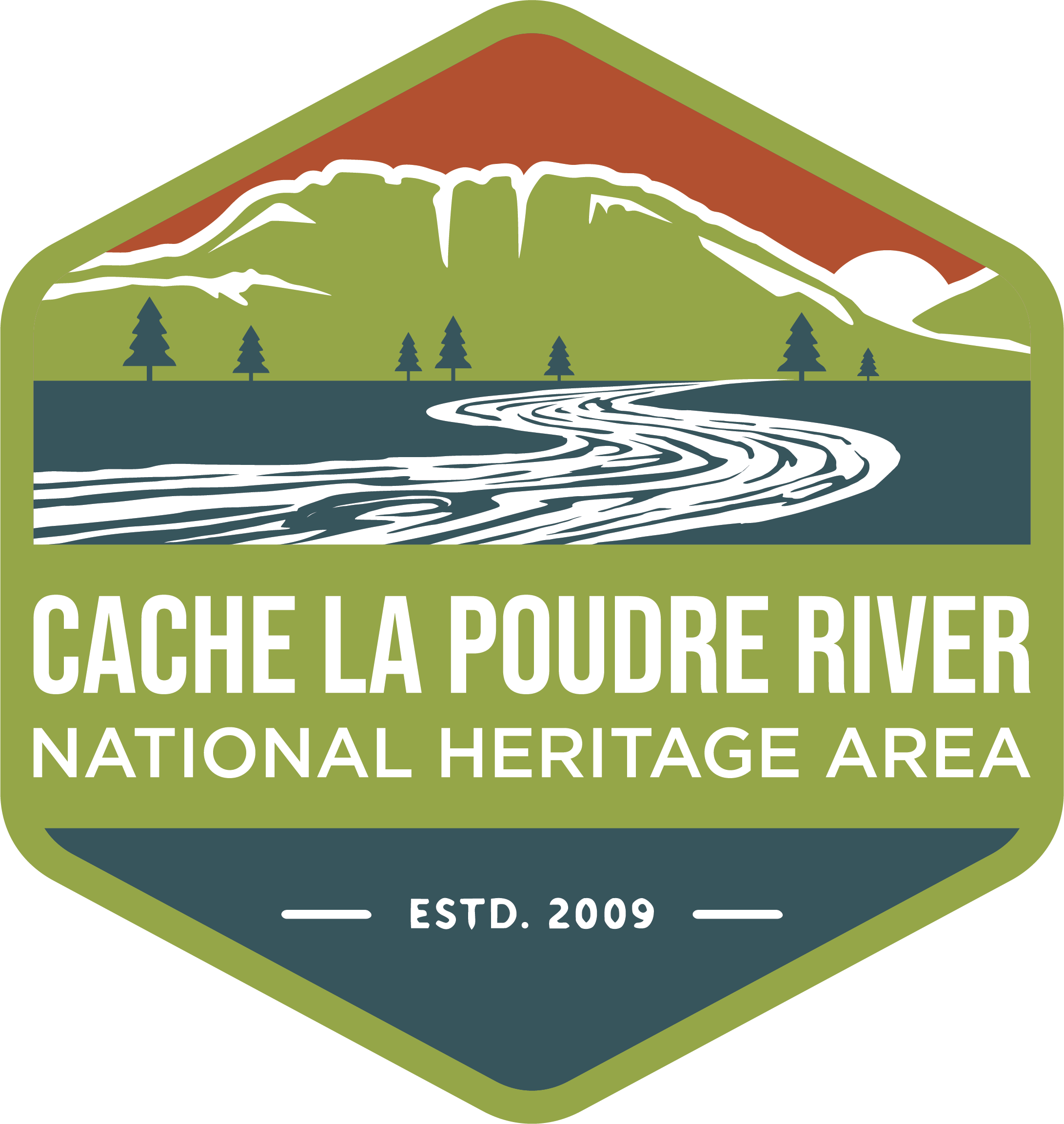History of the Cache la Poudre River National Heritage Area
In a land that sees only fifteen inches of average annual precipitation, water takes on new importance. The lifeblood of mountains, foothills, and plains. Of fish, bird, insect, and mammal. Of plants and people. Beginning as snow high in the Rocky Mountains and dropping some 7,000 feet as it flows 125 miles eastward to the South Platte River of the Great Plains, the Cache la Poudre River brings life to its semi-arid basin and the people along its banks.
Life to ancient peoples, whose stories only reach us through the whispers of archaeology. To Native American nations including the Arapaho, Cheyenne, Ute who have called this land home for hundreds of years, traveling near Colorado’s life sustaining rivers. To early explorers and trappers who followed the water through unmapped mountains and gave the river its French name. To early European and Hispanic settlers who shaped the prairie into ditches and canals and fought the land, and each other, to bring life-giving water to their farms—creating systems and laws that would ripple out from the banks of the Poudre to the rest of the American West. To engineers and scientists who questioned and experimented with the Poudre’s water, creating systems and devices that would ripple out from the banks of the Poudre to the rest of the world. To immigrants, from Russia, Japan, Mexico, and beyond who from their labor produced bounty. To us, the people that live next to the river today and affectionately call it the “Poudre” (pronounced “Pooder”), still relying on its waters for life in an arid land.
The stories, choices, developments, and inventions of the Cache la Poudre River National Heritage Area shaped and reflect many of the stories that stretch out across the American West.
Explore the stories below to learn more.



